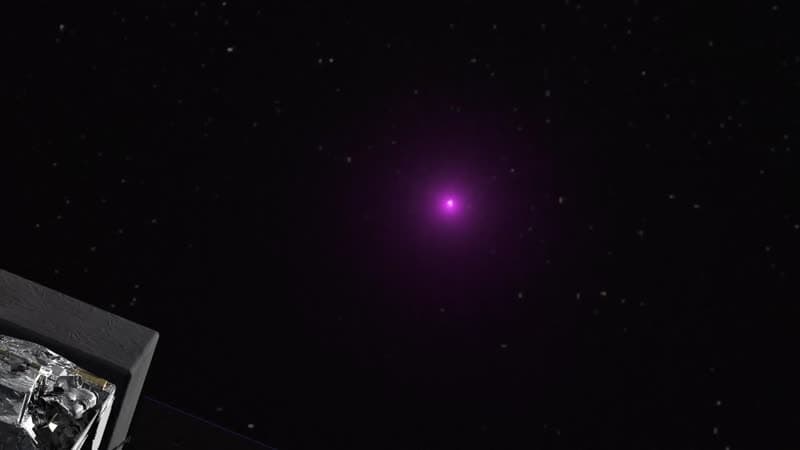Tracing the History of Starlight with NASA's Fermi Mission

Scientists using data from NASA’s Fermi Gamma-ray Space Telescope have measured all the starlight produced over 90 percent of the universe’s history. The analysis, which examines the gamma-ray output of distant galaxies, estimates the formation rate of stars and provides a reference for future missions that will explore the still-murky early days of stellar evolution. One of the main goals of the Fermi mission is to assess the extragalactic background light (EBL), a cosmic fog composed of all the ultraviolet, visible and infrared light stars have created over the universe’s history. Because starlight continues to travel across the cosmos long after its sources have burned out, measuring the EBL allows astronomers to study stellar formation and evolution separately from the stars themselves. The collision between a high-energy gamma ray and infrared light transforms the energy into a pair of particles, an electron and its antimatter counterpart, a positron. The same process occurs when medium-energy gamma rays interact with visible light, and low-energy gamma rays interact with ultraviolet light. Enough of these interactions occur over cosmic distances that the farther back scientists look, the more evident their effects become on gamma-ray sources, enabling a deep probe of the universe’s stellar content. The scientists examined gamma-ray signals from 739 blazars — galaxies with monster black holes at their centers — collected over nine years by Fermi’s Large Area Telescope (LAT). The measurement quintuples the number of blazars used in an earlier Fermi EBL analysis published in 2012 and includes new calculations of how the EBL builds over time, revealing the peak of star formation around 10 billion years ago.